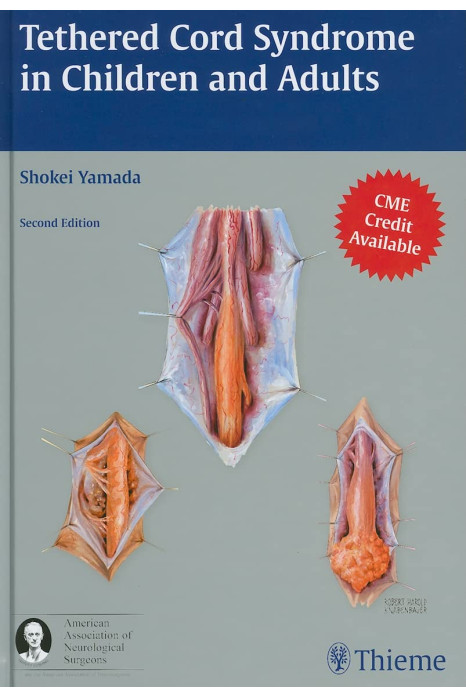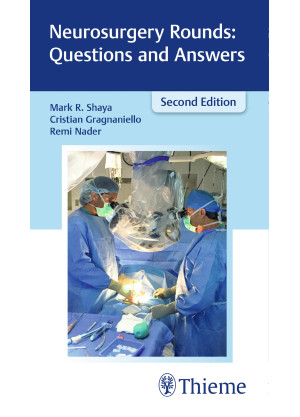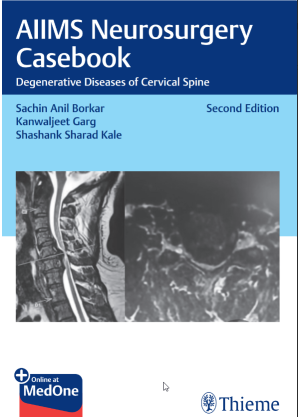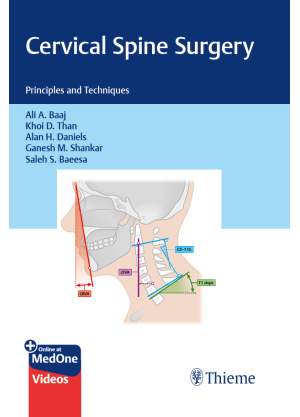A new edition of the definitive reference for the diagnosis and treatment of TCS
Written by renowned specialists, the second edition of Tethered Cord Syndrome in Children and Adults is a comprehensive text on the essentials of clinical management for this complex disorder. The book opens with chapters on embryology and pathophysiology to provide clinicians with a solid understanding of the basic science of tethered cord syndrome (TCS). Incorporating the latest standards in neurologic examinations and imaging procedures, the book then discusses the functional diagnosis of TCS. Throughout the book, the authors provide insightful discussion of how to distinguish this disorder from others with similar symptoms and imaging findings. The final chapter summarizes current medical and surgical treatments of TCS, describing methods for preventing progressive and permanent deficits.
Highlights:
- Delineates the three categories of "cord tethering" to aid effective management
- Discusses such important topics as in-utero surgical myelomeningocele repair and TCS-related aspects of clinical urology
- Provides expanded coverage of the treatment of adults with severe back and leg pain
- Covers management of late teenage patients whose care between childhood and adulthood is frequently interrupted
- Features more than 200 high-quality clinical photographs, radiographic images, and diagrams to illustrate key concepts
The only reference dedicated to optimizing the management of TCS, this book is an invaluable resource for residents and clinicians in neurosurgery and neurology as well as other specialists caring for patients of all ages with TCS.
(A co-publication of Thieme and the American Association of Neurological Surgeons)











